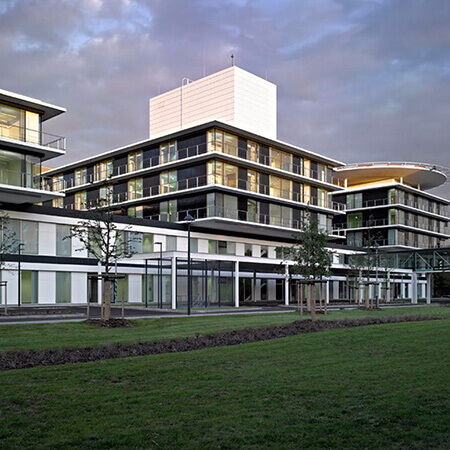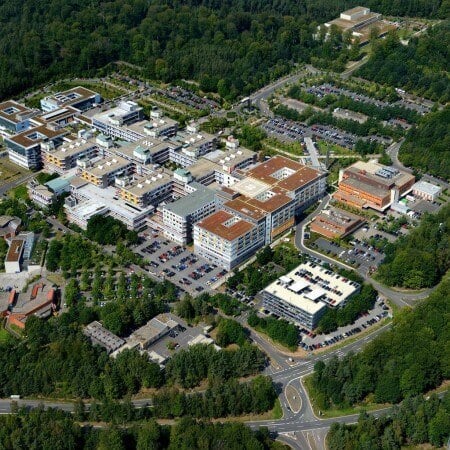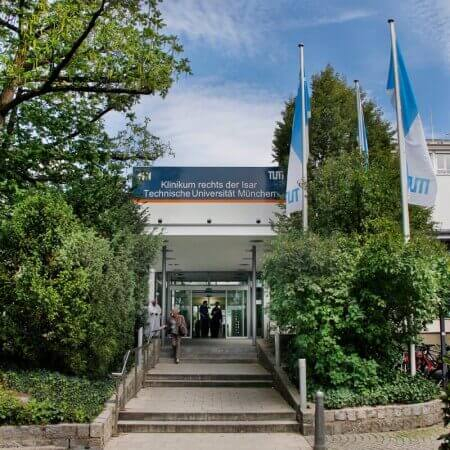About the disease
As the name suggests, sinus tumors develop in the nose. According to the American Rhinologic Society, this type of tumor is very rare, accounting for 1% of all tumors. A sinus tumor can be either malignant or benign. A benign tumor can develop as a result of recurrent infections or a genetic predisposition. Malignant sinus tumors develop when cells in the nasal cavity begin to divide abnormally. The cause of this has not yet been identified. Previous cancers of the head and neck, which metastasized to the nasal cavity, can sometimes cause secondary sinus tumors. Primary malignant sinus tumors can be caused by a genetic predisposition or are a consequence of adverse environmental factors. Nevertheless, benign sinus tumors are more common than malignant sinus tumors.
In most cases, benign tumors of the nasal cavity grow very slowly and some time may pass before they manifest themselves for the first time. There are several places in the nasal cavity where a sinus tumor can develop; the most common area being the lining of the nose. If the tumor becomes very large, it can alter the person’s sense of smell and can obstruct their breathing.
There are many types of sinus tumors; the most common one being nasal polyps, which are growths in the lining of the nose. Other common types of sinus tumors include papillomas and hemangiomas.
Symptoms
- Severe nasal congestion
- Running nose
- Facial pain
- Nasal bleeding in some cases
- Changes in facial sensations
- Stuffiness
- Soreness in the nose
- Lump in the nose
- Diminished sense of smell
Diagnosis
- During a general examination, the doctor will look inside the patient’s nasal cavity to find out what is causing the congestion.
- The doctor will also feel the patient’s lymph nodes to determine whether or not they are enlarged.
- The patient will be asked if any members of their family have also suffered from nasal problems.
- A blood test may be necessary, to rule out the possibility of an infection.
- Imaging tests, such as an X-ray, MRI or CT of the nasal cavity, are performed to determine the tumor’s size, where it is located and what type it is.
- A biopsy may be performed if there is a suspicion that the sinus tumor could be dangerous. A small sample is taken from the nasal cavity and is inspected under a microscope.
Treatment
- A lateral rhinotomy is a minimally invasive surgical procedure, whereby the tumour is removed from the nasal cavity, thereby removing the congestion and normalizing the patient’s breathing. Surgery is usually very successful.
Authors: Dr. Vadim Zhiliuk, Dr. Sergey Pashchenko
















